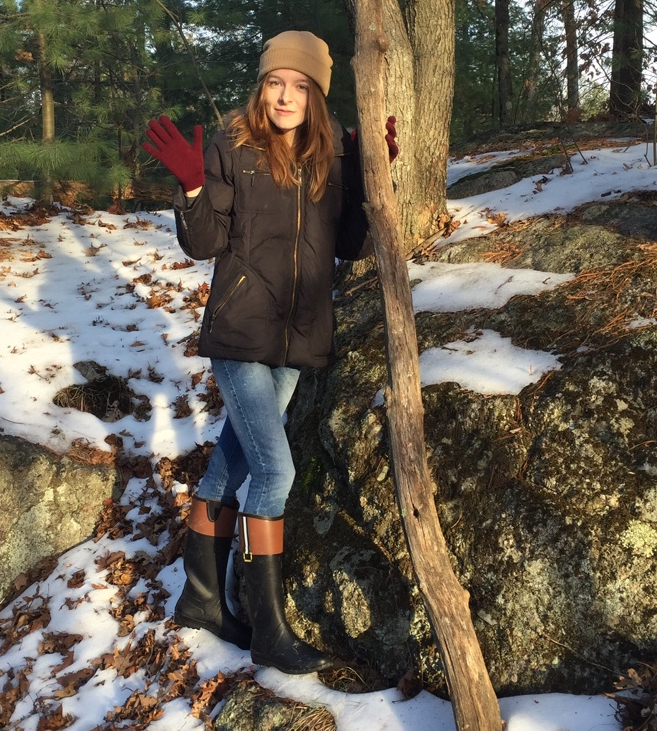Katie McMahan, Fifth Year Masters
I began my undergraduate career at Clark as a student in the psychology department, but found myself curious about the genetic basis underlying the behavior I was interested in learning about. After taking Dr. Foster’s Evolution course, I became fascinated with the contemporary evolution of animal behavior and decided to take up a biology major to pursue that interest more formally.
Working in the Foster-Baker lab has granted me many opportunities to study the evolutionary underpinnings of behavior. The widespread radiation of threespine stickleback into freshwater lakes following the last Holocene glacial retreat has enabled us to consider the evolution of behavioral responses – we are able to examine behavioral similarities and distinctions across populations and within parallel ecotypes produced by similar environments.
In my first project, I spent a summer assisting Lily Hughes, a former Master’s student, in her study of assortative mate choice in stickleback males. The following summer, I co-led a project with fellow undergraduate Ali Berlent, investigating modern evolutionary mismatch. Using the hormone cortisol as an indicator of stress, we assessed the effects of long-term stress on clutch size and fry health in maternal stickleback. This preliminary research has been developed and expanded upon considerably by Ph.D. student Melissa Graham.
To date, my Master’s research has enabled me to study behavioral genetics firsthand.
The overarching goals of my work are twofold. I am first interested in examining the differences in behavioral response of benthic male stickleback when exposed to intrusive male and female conspecifics. While holding a territory, male stickleback must rapidly evaluate and respond to opportunities, including mating and feeding, and threats, including cannibalistic intruders and predators. Opportunities and threats differ across populations – the nested male benthic stickleback I study are at risk of egg cannibalism by conspecific foraging groups. This environmental variation produces differential selection of behavioral norms of reaction (such as the varying prevalence of courtship and diversionary displays). Presumably, these are underlain by distinct patterns of gene expression.
My work examines this in one benthic population, derived from Alaska’s Willow Lake. Currently, I am working to examine the genes implicated in the governing of these networks of mate-perception and threat-perception, and investigating the consequential differences in behavioral phenotypes.
In my spare time I am a bit craftsy – outside the lab you might find me sewing, writing, reading, or creating digital art.
Awards:
- Beaver’s Fellowship, Clark University, 2013
- Attendee, Gene Expression Analysis Workshop, University of Illinois, 2014
